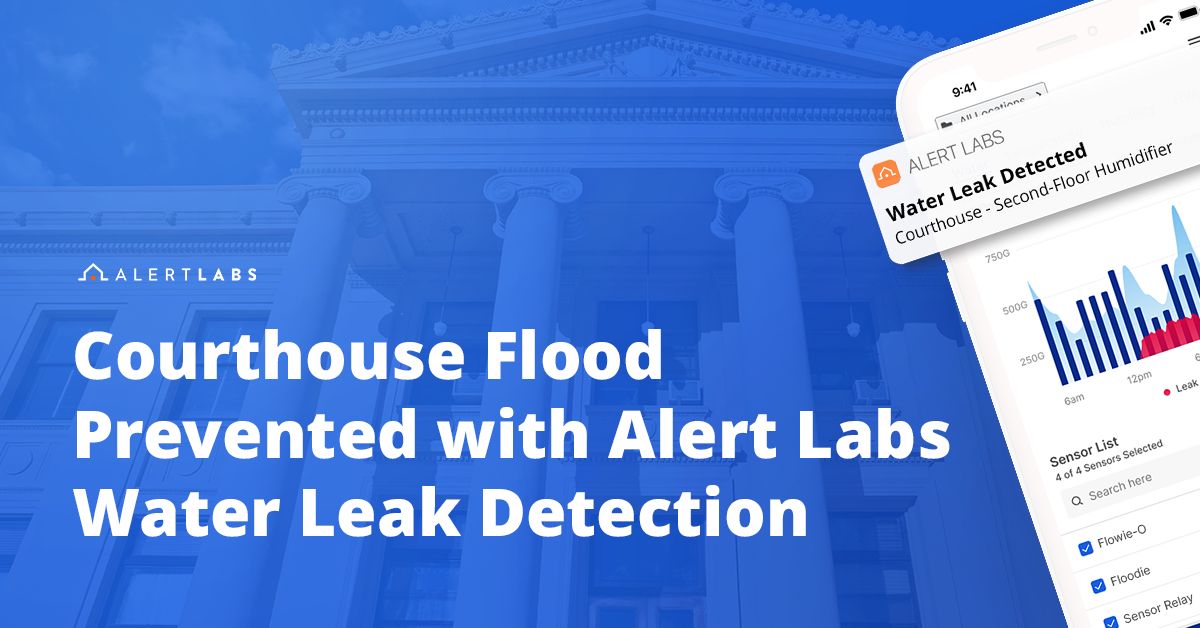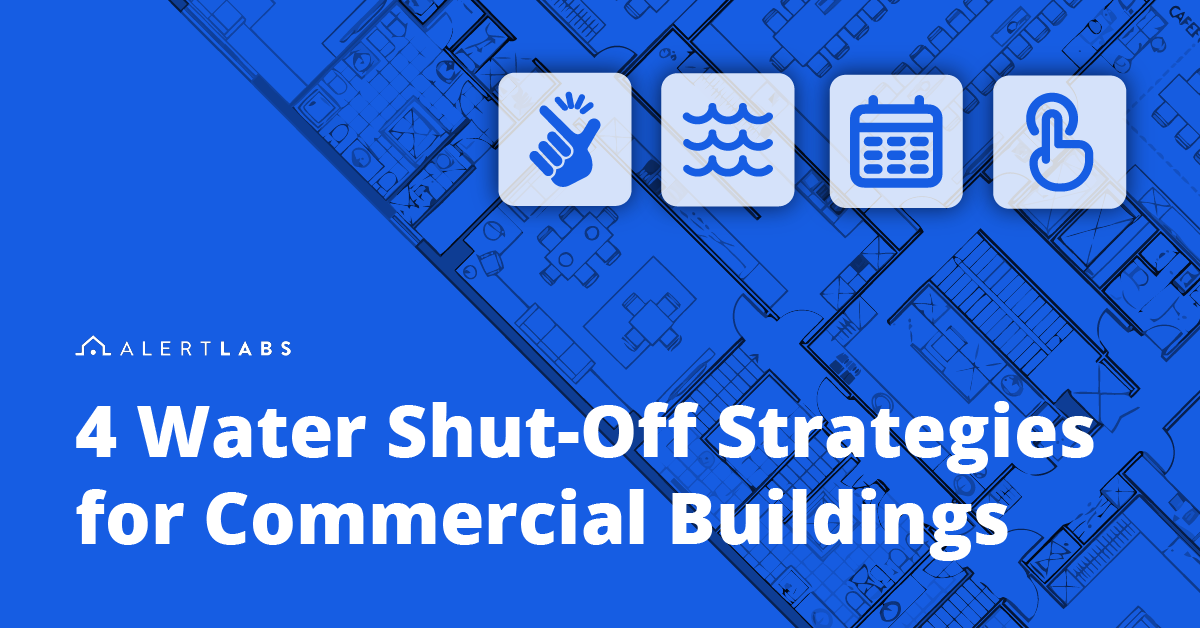Lower Business Interruption Claims with IoT Water Sensors

Business Interruption (BI) is one of the most costly and disruptive outcomes of property damage. It can bring operations to a halt, affect customer relationships, and lead to significant financial losses.
Water-related incidents such as burst pipes, plumbing failures, or leaks from appliances are consistently among the top drivers of property damage claims. In many cases, BI is a large part of the total losses.
When water damage forces a business or multi-residential property offline, the impact can be wide-ranging. Many commercial insurance policies offer Actual Loss Sustained coverage, meaning the insurer agrees to cover losses until the insured’s profit returns to pre-loss levels. This coverage can include:
- Fixed costs
- Temporary location expenses
- Commission and training costs
- Ordinary payroll
- Extra expenses
- Contingent coverage
- Consequential loss
- Civil authority ingress/egress
Water damage can affect all of these categories, but it’s especially devastating in multi-residential buildings. A leak on an upper floor can impact several units below—turning a single-unit incident into a multi-unit claim.
Response time is key. The sooner a water event is detected, the greater the chance of mitigating or avoiding the claim altogether.
How Internet of Things (IoT) Devices Help
Leaks and floods in multi-unit buildings can be detected early with IoT devices such as internet-enabled water flow sensors and leak detectors that provide real-time analytics.
Monitoring water flow through the main water meter, with granular data on leaks and sudden water discharge, is the first step to understanding a building’s “water health.”
The next step is deploying remote detection devices throughout the building in areas where water escape is most likely to occur:
- Sinks
- Toilets
- Next to water heaters
- In elevator pits
- Throughout common areas
With today’s advancements in IoT technology and considering the high payouts associated with Business Interruption claims cost is no longer a significant barrier. In fact, insurers and property managers can save substantial amounts by subsidizing the installation of water sensors in businesses and multi-residential properties.
By detecting leaks early and responding fast, organizations can minimize BI losses, protect occupants, and avoid the cascading costs of extended downtime.




